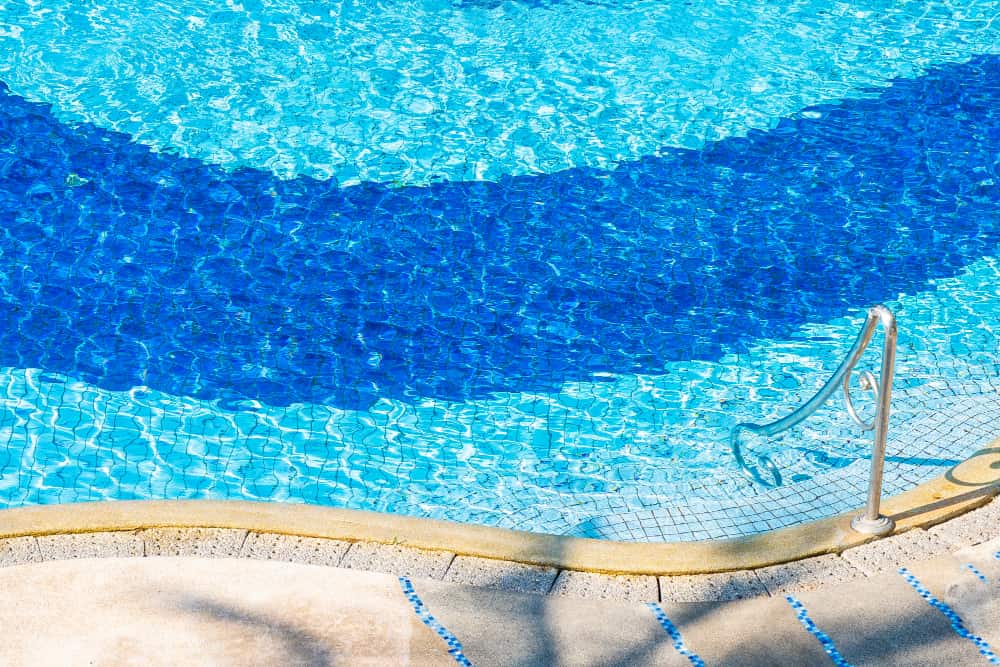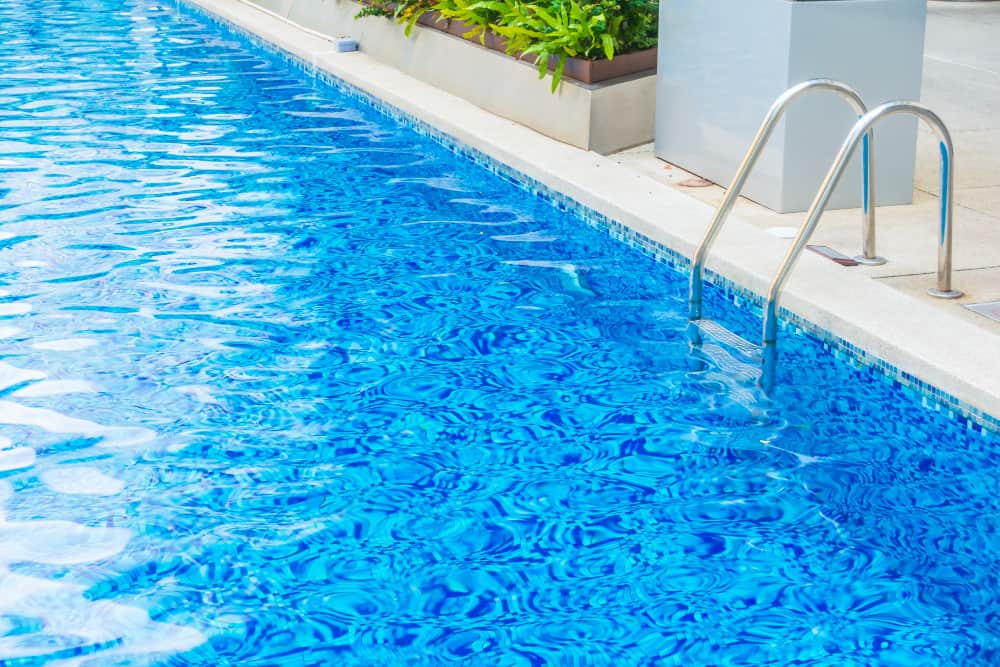How to Winterize a Pool - Complete Beginner's Guide
NOVEMBER 27, 2023
Table of content
- Why Winterizing Your Pool is Essential
- What You’ll Need: Tools and Supplies
- Step 1: Cleaning the Pool
- Step 2: Balancing the Water Chemistry
- Step 3: Lowering the Water Level
- Step 4: Winterizing the Pool Equipment
- Step 5: Treating the Pool with Winterizing Chemicals
- Step 6: Covering the Pool
- How to Get Your Pool Ready for Winter – Quick Tips
Your pool is probably the best place to spend time around in warm seasons. But not all regions are lucky to enjoy warm seasons all year round. So, when real winter comes, it is time to learn how to get your pool ready for winter, cold temperatures, and snow. Winterizing your pool and pool decking is an inevitable step of maintaining a pool (if, of course, you live in the areas that boast about all 4 seasons).
First of all, it helps you preserve your pool from any potential damage. Unfortunately, extreme freezing temperatures and harsh weather conditions can cause issues without careful measures. That is why we have prepared this beginner’s guide on how to winterize a pool and what steps you should take. Together, let’s ensure the health and longevity of your pool during the winter months.

Why Winterizing Your Pool is Essential
There are many reasons to opt for winterizing pools. However, we should first explain the difference between above-ground and inground pools because the process may differ for them. Thereby, above-ground pools are made of metal, plastic, or other similar materials. They are installed directly on the ground in the yard. So, how to winterize an above-ground pool? In most cases, such pools are temporary and can be disassembled for winter. If not, the same approach as to inground pools should be applied.
The inground pools are built into the ground and made of rubber, concrete, fiberglass, or vinyl materials. These pools are permanent, and profound knowledge of how to winterize an inground pool is vital. The reason is that you can not just disassemble them. Yet, a proper approach is required.
But why is it so important to winterize a pool? Freezing temperatures, snow, and ice can be relentless with your pool. The reasons to prepare pools for winter include:
- you are able to maintain the quality and condition of water in the pool;
- it eliminates costly repairs when spring arrives;
- when the temperature is low, and water freezes, it can expand. So when water is protected and the pool adequately prepared, you prevent the pool’s plumbing, filtration system, drain plugs, and other components from being damaged.
Would you like to protect your pool from such risks? If you are on the same page with, let’s discover the essential steps to winterizing your pool to keep it in good condition during the colder months.
What You'll Need: Tools and Supplies
The process of winterizing pools can be fun and easy when you have appropriate tools and supplies. You have to be equipped both with knowledge and instruments. What is required for this process:
- a pool cover,
- winterizing chemicals,
- a pool brush,
- a skimmer,
- a pool vacuum,
- a water testing kit,
- and a submersible pump.
Some additional supplies include gloves and goggles that protect you from any harmful effects of chemicals during the process.
This way, we have approached the most important part – needed measures to safeguard your pool.

Step 1: Cleaning the Pool
The first step is like the preparation phase. Start by properly cleaning your pool from all the unnecessary remains: debris, leaves, and dirt. The next step is to take a pool brush and scrub the walls and floor. Upon finishing that, use a vacuum to get rid of any leftovers.
You may have other problems with your pool if you skip this step and algae start building up by the end of winter. Be careful and take the time to clean your pool properly.
Step 2: Balancing the Water Chemistry
Testing the water chemistry is the next step. To do so, you need to use a reliable water testing kit. There are recommended levels of water chemistry:
- pH – 7.2-7.6,
- alkalinity – 80-120 ppm,
- calcium hardness – 180-220 ppm.
These levels should be adjusted for proper winterization. When water chemistry levels are balanced, it guarantees that you’ve prevented corrosion, scale buildup, and algae growth.
Remember that winter weather can be severe. If you want to enjoy a safe and comfy environment for you and your family to enjoy around the pool, meticulously take this important step.
Step 3: Lowering the Water Level
To prepare for winter, lower the water level in the pool to the appropriate level. This step helps prevent damage from freezing and allows room for the winter cover. Use a submersible pump to lower the water level to the recommended height (it is typically below the skimmer opening).
Lowering the water level also helps prevent damage to the pool’s tile, rubber, concrete, or any other material it is made of. It still allows for the expansion of ice but without causing structural harm.
Step 4: Winterizing the Pool Equipment
Before winter sets in, it’s important to winterize the pool equipment to protect it from freezing temperatures. This includes draining the pump, filter, heater, and any other water circulation components installed. Follow the manufacturer’s instructions to properly winterize each piece of equipment to avoid any damage.
Winterizing the pool equipment not only protects it from potential freeze damage but also extends the durability of the components. It basically reduces the need for costly repairs or replacements.
Step 5: Treating the Pool with Winterizing Chemicals
Add winterizing chemicals to the pool to maintain water quality and prevent algae growth during the winter. So, not only cleaning contributes to this prevention. These special chemicals help protect the pool from staining, scaling, and bacterial growth.
When you apply proper winterizing chemicals, you can be sure your spring season will go smoothly.
Step 6: Covering the Pool
Now that your pool is clear, the water is in perfect balance, and your equipment is all set for winter, it’s time for a cover-up! Pick out a sturdy pool cover that fits just right to protect your pool from debris, the sun’s rays, and any rough weather that might come its way in winter. Make sure to fasten the cover tightly to avoid it getting blown away by strong winds.
Investing in a top-notch pool cover does more than just keep unwanted stuff out of your pool. It also puts a damper on evaporation, minimizes chemical loss, and saves you from having to do a major cleanup when it’s time to open the pool again.

How to Get Your Pool Ready for Winter - Quick Tips
As you have discovered how to winterize a swimming pool, we’d like to summarize it:
- Clean your pool first
- Balance the water chemistry
- Lower the water balance
- Prepare pool equipment for winter
- Use winterizing chemicals for your pool
- Cover the pool
There are some additional tips for you to remember:
- Do a quick check on the cover itself before you cover the pool (whether it doesn’t have any tears or damages)
- Always follow recommendations of your specific pool deck flooring when choosing winterizing chemicals
- Remember to remove all the pool accessories (ladders, diving boards, etc.)
- Think of adding an air pillow or a pool cover pump (it prevents water from accumulating on the top of the cover)
Last but not least, make it a habit to check on the pool every now and then during winter. The cover must be secure, and the water level shouldn’t change. Always watch if everything stays in good shape.
When you strictly follow these simple rules, you make sure that your pool and your wallet are secure and hassle-free for reopening when the warmer days roll in again.
